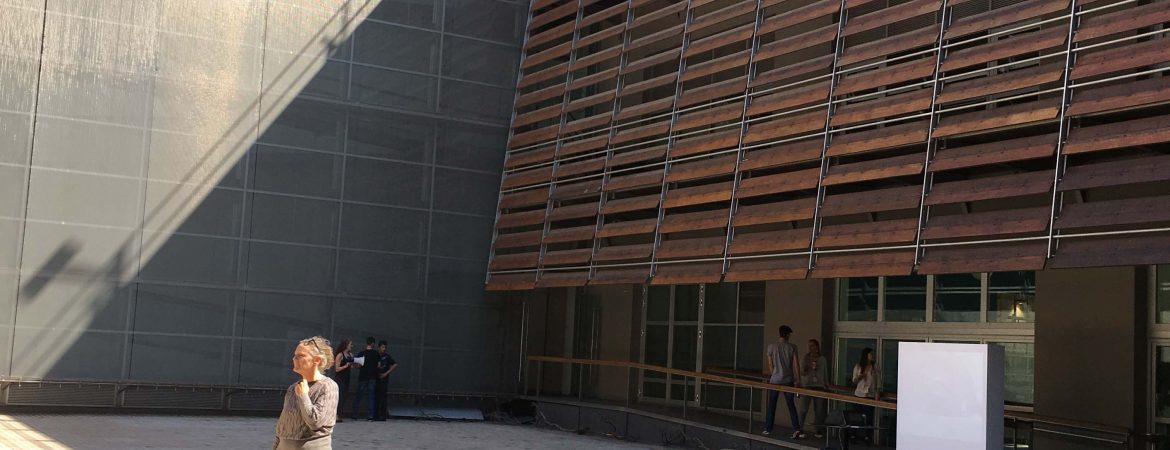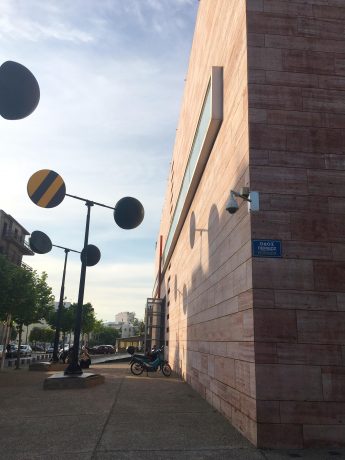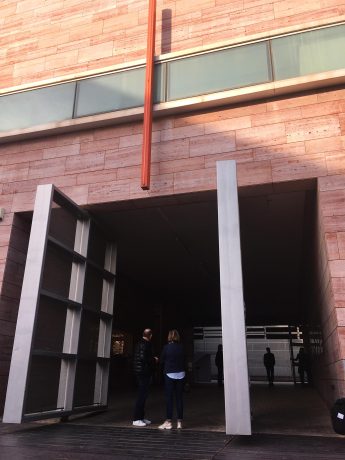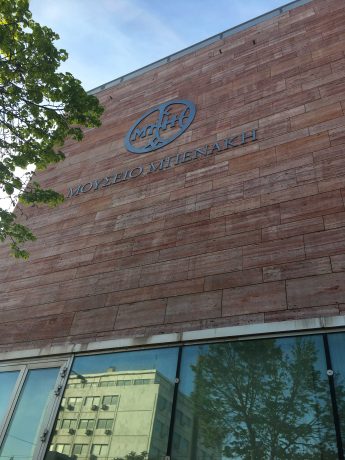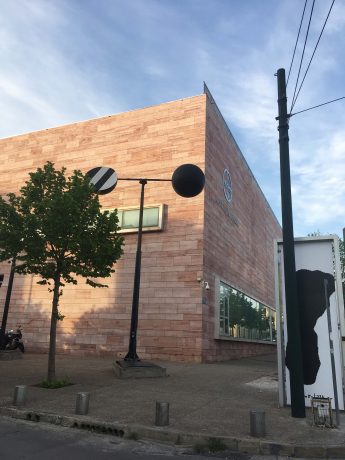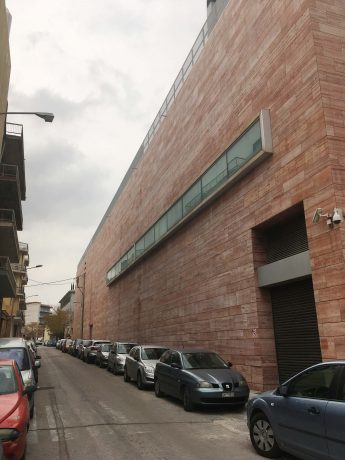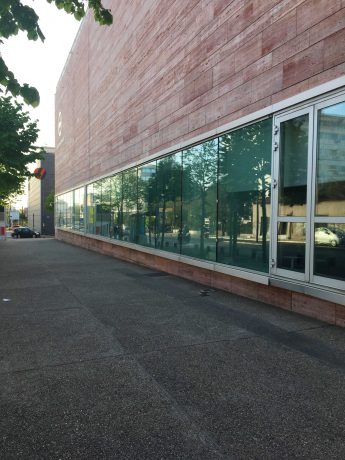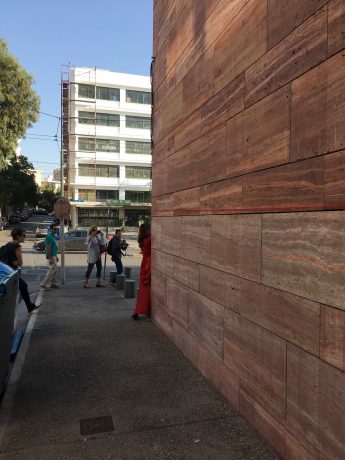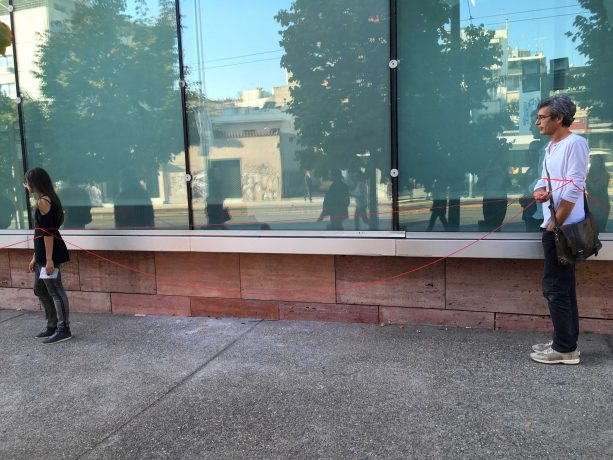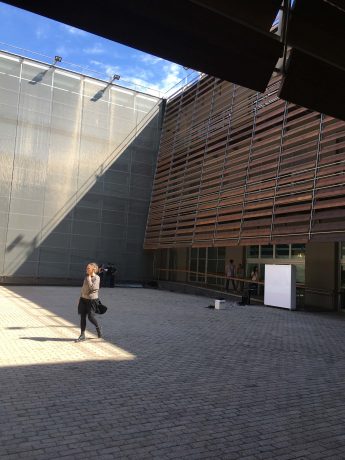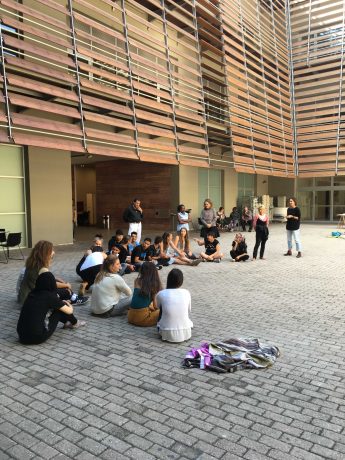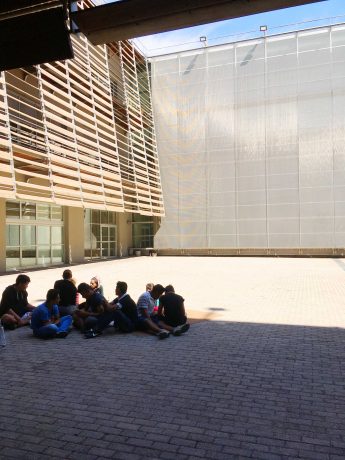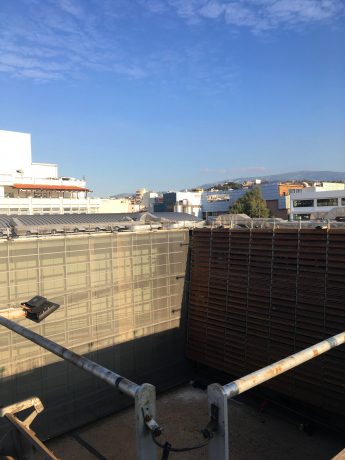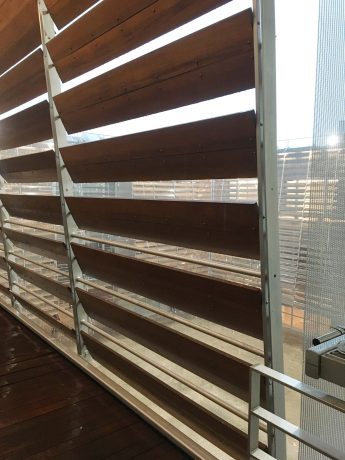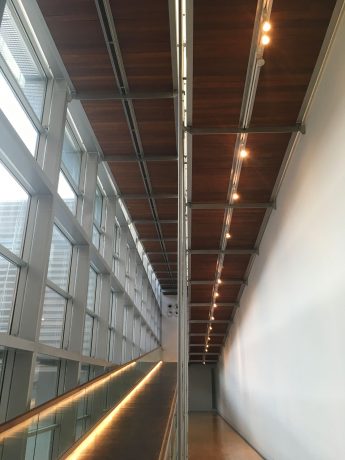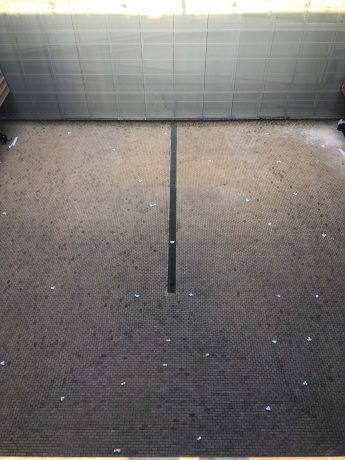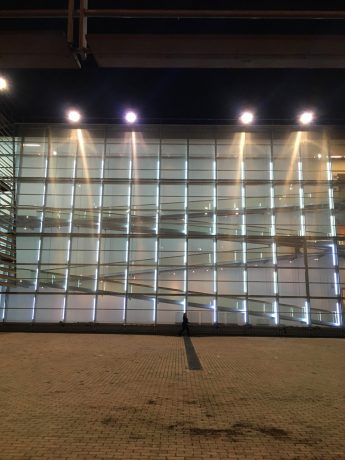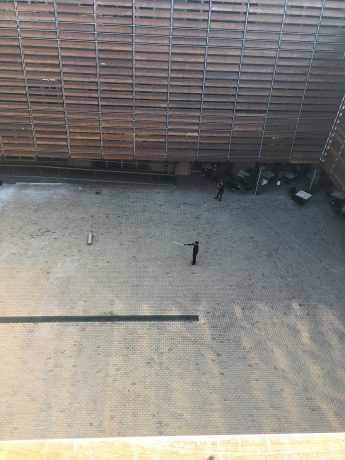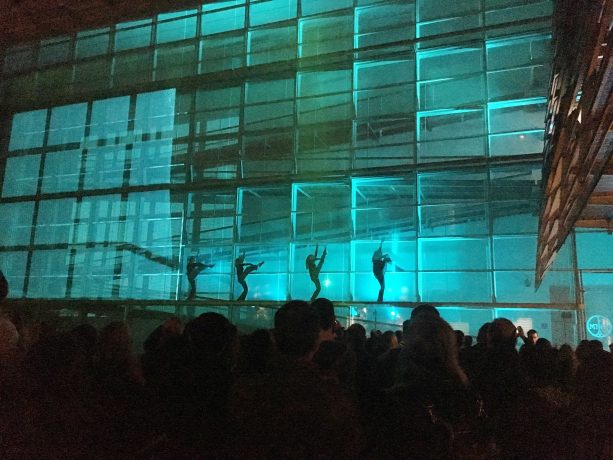The Benaki Museum, one of the biggest and well-known museums in Athens, has many extensions in various areas of the city. The Museum has always represented Greek history and society from prehistoric times until today. The Pireos Annex, a relatively new one and unusual one, is the museum's chance to explore the world of contemporary and modern art. This new section not only shows Greek art, but also international art (In 2016, for example, it hosted the Method by Marina Abramovic).
A cultural center, a hub for a dialog in the arts and a place of expression, the Pireos Annex opened its doors to public in 2004. Since then, it has accommodated exhibitions in various fields including the arts, sculpture, performances, photography, architecture, video, cinema, history and theatre or dance events. The museum has also collaborated with foundations and artists.
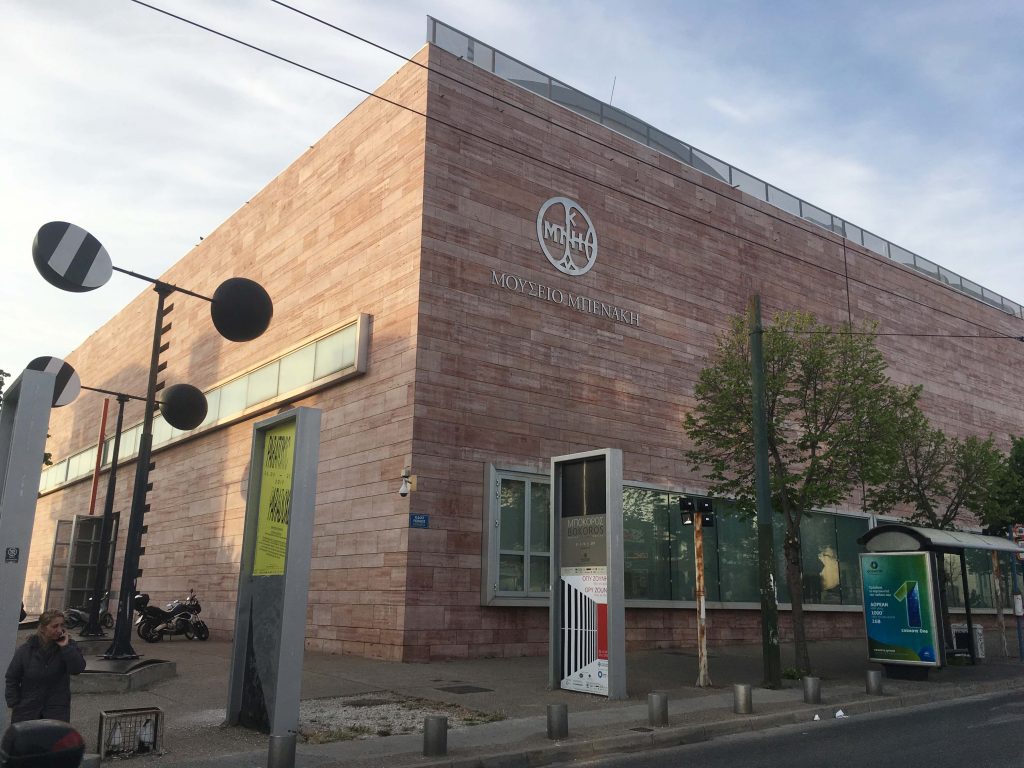
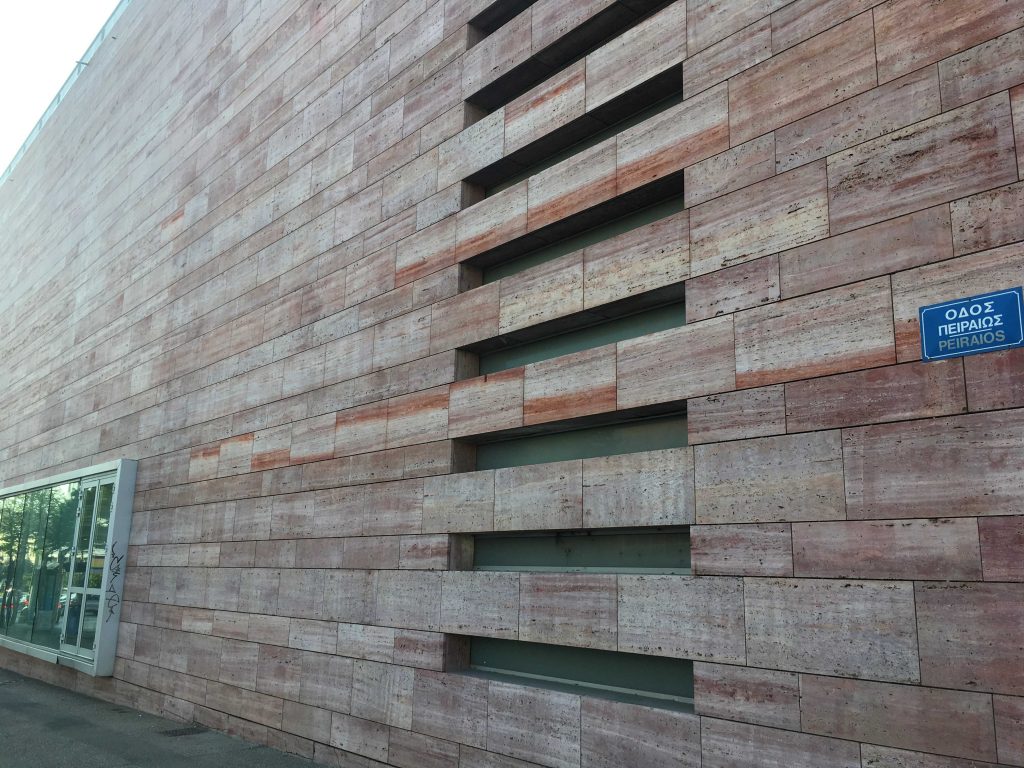
The original building was designed in the 1950s and used by car sales representatives as offices and garages. In an effort to utilize the abandoned industrial buildings of Pireos Avenue and the Gazi area, the building was transformed into a cultural space by architects Maria Kokkinou and Andreas Kourkoulas. The project was co-founded by the European Union and the Greek Ministry of Culture.
Though from the outside it seems like a solid rectangular building, once you enter, a courtyard is revealed. The building is in fact facing it. It gives the impression that all the important events are happening here in the courtyard. It is used in summer for concerts and film screenings among other events. The way exhibition spaces are set up in the building makes them almost float around the atrium. As visitors move in the building, their sense of orientation changes too.
The building has two layers that anyone can see. Fromm the inside, wooden panels that cover the interior of the building create a play of transparency and obscurity, revealing the exhibitions and at the same time concealing them. The most beautiful effect is achieved by the ramps on the side. These ramps lead to two flours of the building and often serve as performance spaces. During the Abramovic's Method, these ramps were used for the slow motion walk. Form the outside, marble’s shade of red color makes it standout form the surroundings. The marble hides the architectural secrets only to later reveal its hidden treasures.
During the exhibition “Out-Topias: performance and public/outdoor spaces” in the autumn of 2016, the building became a case study. Architects, performers and academics gave a new perspective to what this building is and can be. Four events actually used the building as a paradigm; a round-table around architecture and performance, two performance called “Choreogenics” that played with the architectural elements of the buildings and “Memory, Traces and Captured spaces” that presented the history and architectural choices through a theatrical tour. Lastly an audio walk was organized, where visitors could discover the building by listening stories of local people and quotes by the architects.
The Pireos Annex is a building that is not afraid to experiment; it is open to play with new architectural elements while preserving the traditional ones. Also, it has proven to host successfully a wide range of events like conferences, concerts (recently their café launched live music nights), exhibitions and performances. It has become a hub for design, contemporary art and architecture. The building is flourishing and the visitors always feel welcome.
Currently, the museum is hosting artworks from documenta 14 as one of the main venues of the festival. If you happen to be in Athens this summer this extension of the Benaki Museum is definitely a must-visit.
